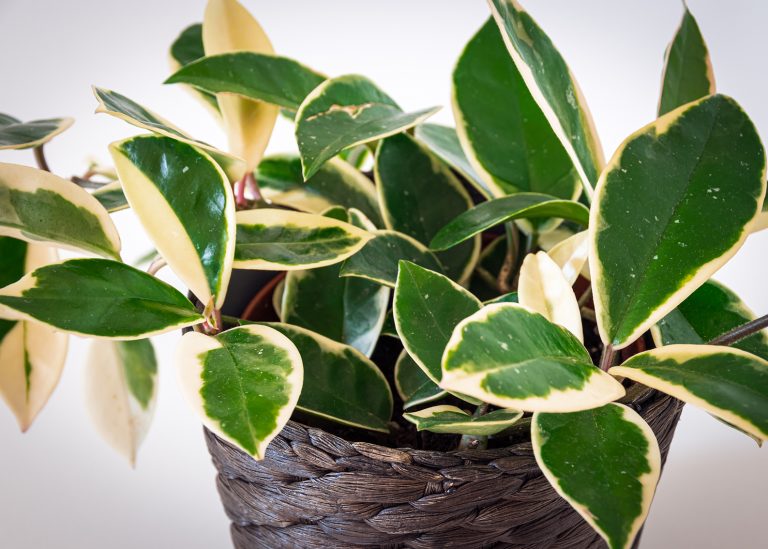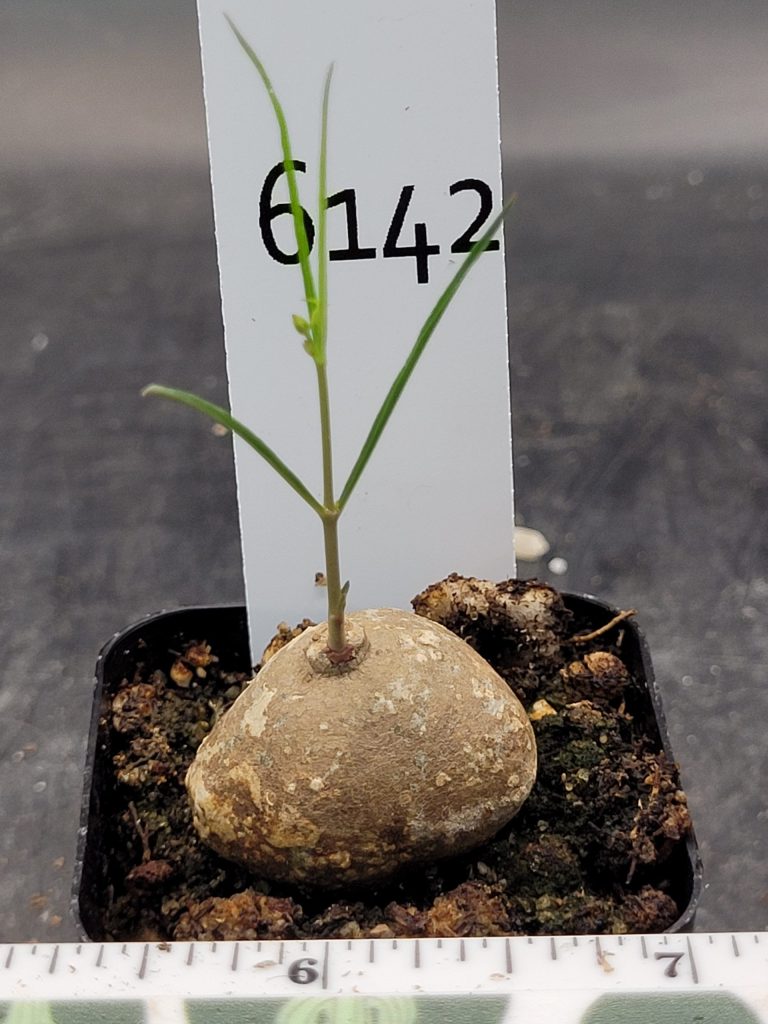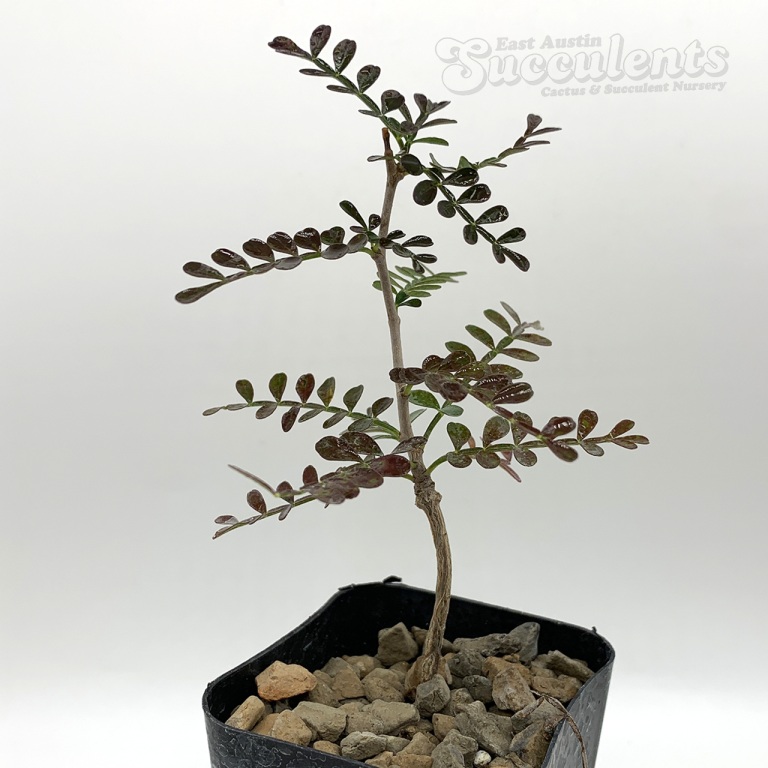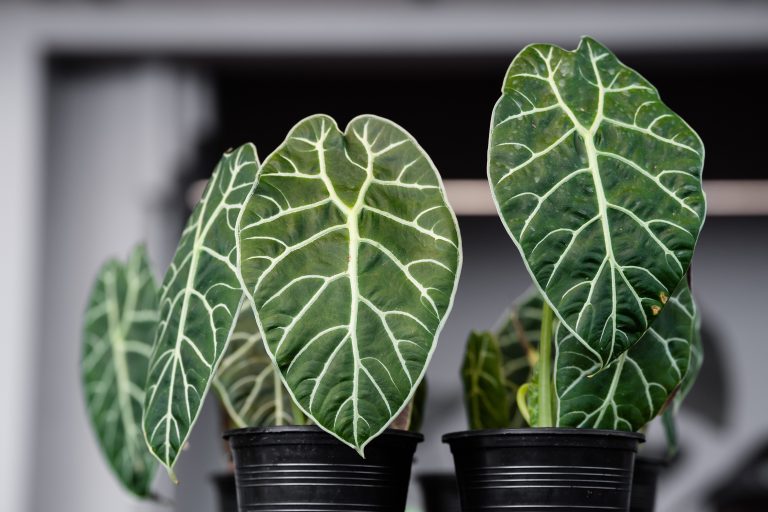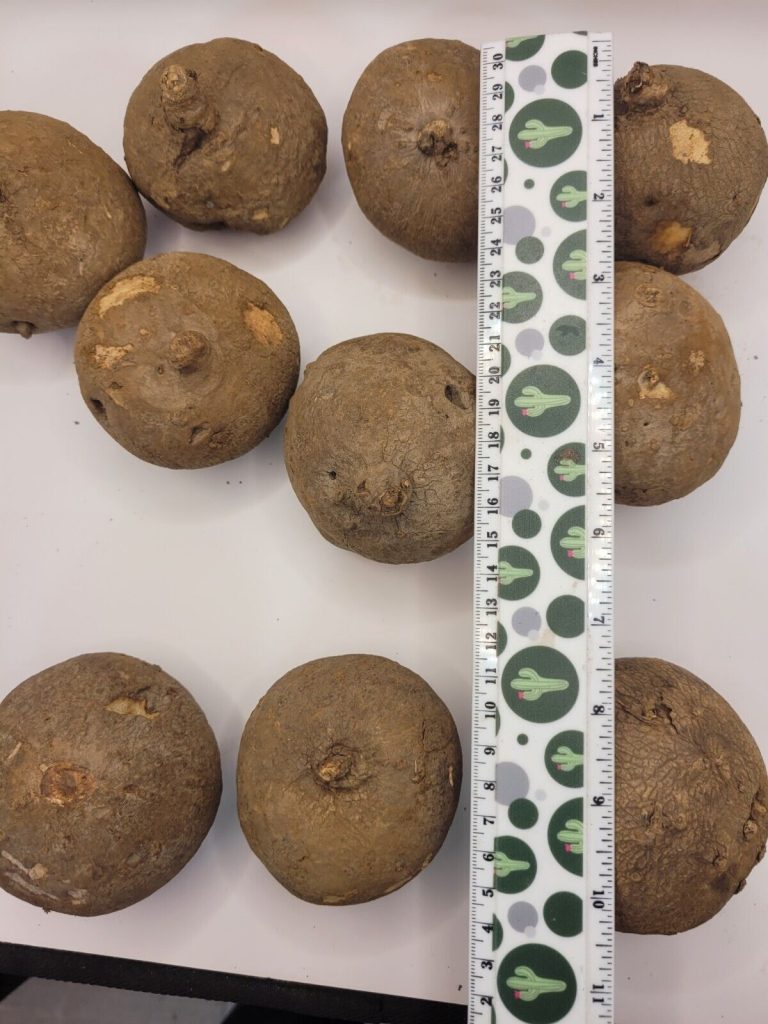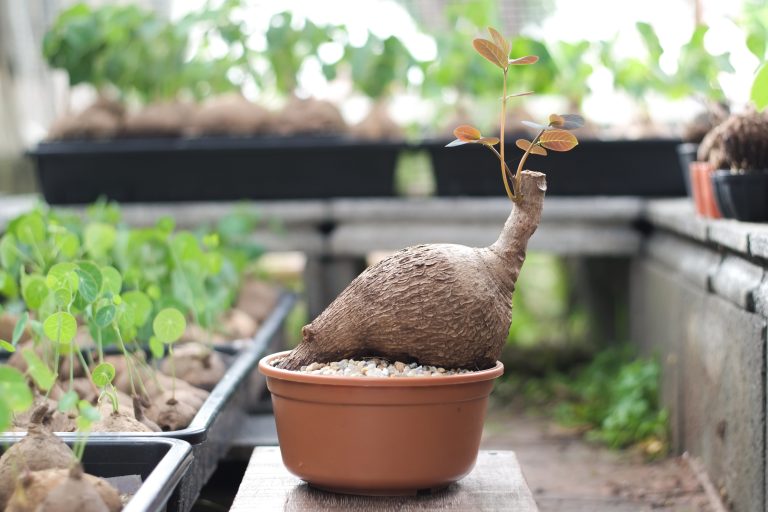Philodendrons are among the most beloved houseplants due to their lush, tropical foliage and relatively easy care requirements. With over 400 species, these versatile plants come in a variety of shapes, sizes, and colors, making them a popular choice for both novice and experienced plant enthusiasts. This comprehensive care guide will help you keep your Philodendron plants thriving and vibrant.
Light Requirements
Philodendrons thrive in bright, indirect light but can adapt to low light conditions. Here are some tips for optimal lighting:
- Bright Indirect Light: Place your Philodendron near a window where it can receive plenty of filtered light. East or west-facing windows are ideal.
- Low Light Tolerance: While they can tolerate low light, growth may slow, and leaf size may reduce. If your plant seems leggy or sparse, consider moving it to a brighter location.
- Avoid Direct Sunlight: Direct sunlight can scorch the leaves, causing brown spots or edges. If placing near a south-facing window, use a sheer curtain to diffuse the light.
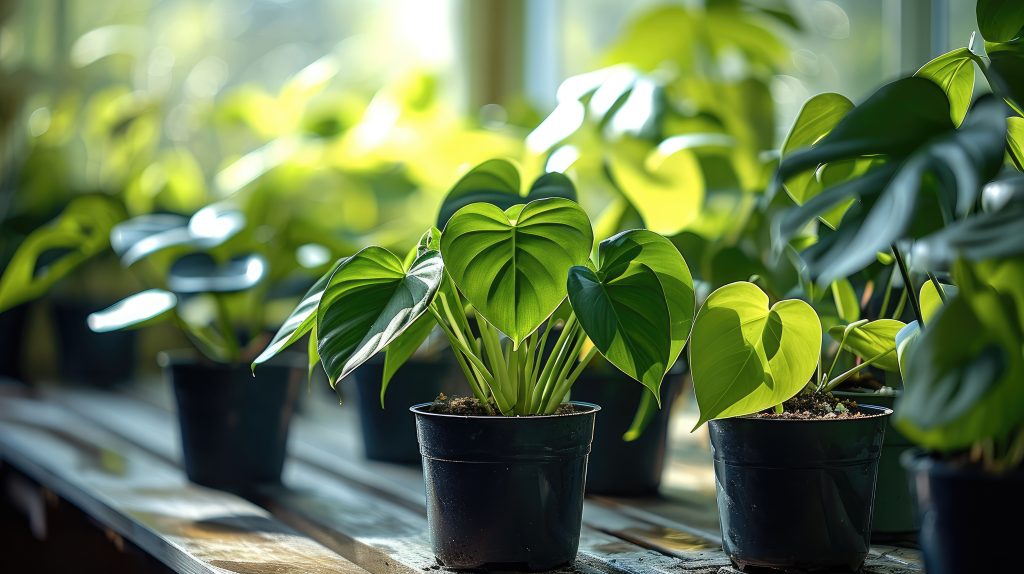
Watering
Proper watering is crucial for the health of your Philodendron. Overwatering is a common issue that can lead to root rot. Follow these guidelines:
- Allow Soil to Dry Out: Let the top inch or two of soil dry out between waterings. Stick your finger into the soil to check for moisture before watering.
- Water Thoroughly: When you do water, ensure the water flows through the drainage holes, thoroughly saturating the soil. Discard any excess water that collects in the saucer.
- Adjust for Seasons: During the growing season (spring and summer), you may need to water more frequently. In fall and winter, reduce watering as the plant’s growth slows.
Humidity
Philodendrons are tropical plants that appreciate higher humidity levels. Here’s how to create a humid environment for your plant:
- Maintain Moderate to High Humidity: Aim for humidity levels between 40-60%.
- Increase Humidity: If the air in your home is dry, especially during winter, use a humidifier, place a water tray near the plant, or mist the leaves regularly.
- Grouping Plants: Grouping your Philodendrons with other plants can create a micro-environment with higher humidity.
Temperature
Philodendrons prefer warm temperatures, typical of their native tropical environments:
- Ideal Range: Keep temperatures between 65°F to 80°F (18°C to 27°C).
- Avoid Cold Drafts: Protect your plant from cold drafts, especially during winter. Temperatures below 55°F (13°C) can harm the plant.
Soil
Using the right soil mix is essential for the health of your Philodendron:
- Well-Draining Mix: Use a well-draining potting mix rich in organic matter. A mix designed for aroids or a combination of potting soil, perlite, and peat moss works well.
- Repotting: Repot your Philodendron every 2-3 years or when it becomes root-bound. Choose a pot slightly larger than the current one and refresh the soil mix.
Fertilization
Regular feeding helps your Philodendron thrive, especially during the growing season:
- Balanced Fertilizer: Use a balanced, water-soluble fertilizer (20-20-20) diluted to half strength. Fertilize every 4-6 weeks during spring and summer.
- Reduce in Winter: Cut back on fertilization during fall and winter when the plant’s growth slows.
Pruning and Maintenance
Pruning helps maintain the shape and health of your Philodendron:
- Remove Dead or Yellowing Leaves: Regularly trim away any dead or yellowing leaves to keep the plant looking neat.
- Control Size and Shape: Prune leggy growth to encourage a fuller, bushier appearance. Use clean, sharp scissors or pruning shears.
Propagation
Philodendrons are relatively easy to propagate:
- Stem Cuttings: Take a stem cutting with at least one node and a few leaves. Place the cutting in water or a moist potting mix until roots develop.
- Division: For larger plants, you can divide the root ball into smaller sections, each with roots and stems, and replant them.
Common Issues
Be on the lookout for common problems:
- Pests: Watch for pests like spider mites, aphids, and mealybugs. Treat infestations promptly with insecticidal soap or neem oil.
- Yellowing Leaves: This can be a sign of overwatering, poor drainage, or nutrient deficiency. Adjust care accordingly.
By following these care guidelines, you can enjoy the beauty and lush foliage of your Philodendron plants for years to come. Happy growing!

